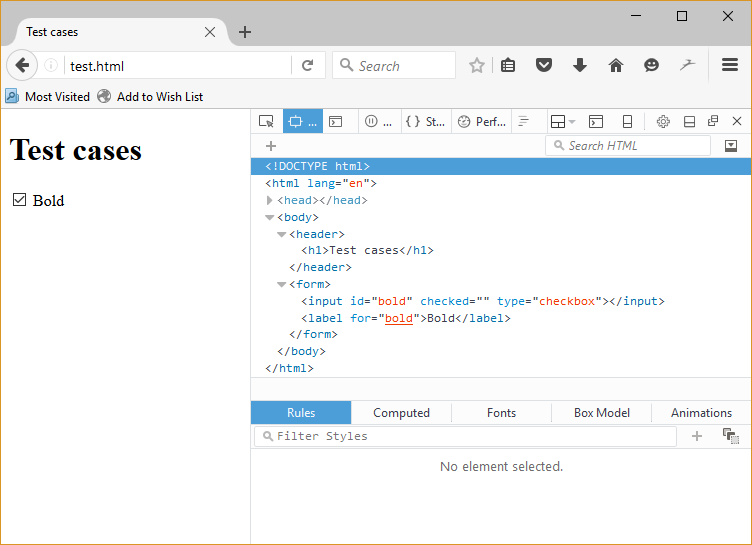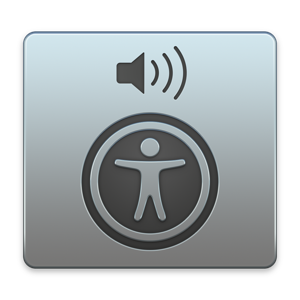Browser accessibility support





State of the Browser, London September 2017










http://html5accessibility.com/

<input type="checkbox" id="bold">
<label for="bold">Bold</label>


details and summary elements<details>
<summary>Tequila...</summary>
Makes me happy!
</details>
Create a virtual copy of the browser content


Change the way screen readers interact with the browser
Allows screen readers to make accessibility API calls within the same process

Prevents screen readers from making accessibility API calls within the same process

Passes the accessibility tree from the content process back to the UI process, where screen readers can query it

Do not create a virtual copy of the browser content


Experimental JavaScript API that enables developers to modify the accessibility tree



Has landed in Chrome Canary behind the flag:
--enable-blink-features=AccessibilityObjectModel<span id="button">Tequila!</span>
<div id="container">
Makes me happy!
</div>var button = document.getElementById('button');
var container = document.getElementById('container');button.setAttribute('tabindex', 0);
container.setAttribute('hidden', true);button.accessibleNode.role = "button";
button.accessibleNode.expanded = false;var content = new AccessibleNodeList();
content.add(container.accessibleNode); function disclose(event) {
if(container.getAttribute('hidden')) {
button.accessibleNode.expanded = true;
button.accessibleNode.controls = content;
container.removeAttribute('hidden');
}
else {
button.accessibleNode.expanded = false;
button.accessibleNode.controls = null;
container.setAttribute('hidden', true);
}
} button.addEventListener('click', disclose, false);
button.addEventListener('keydown', function(event) {
if (event.keyCode == 13 || event.keyCode ==32) {
disclose();
}
});